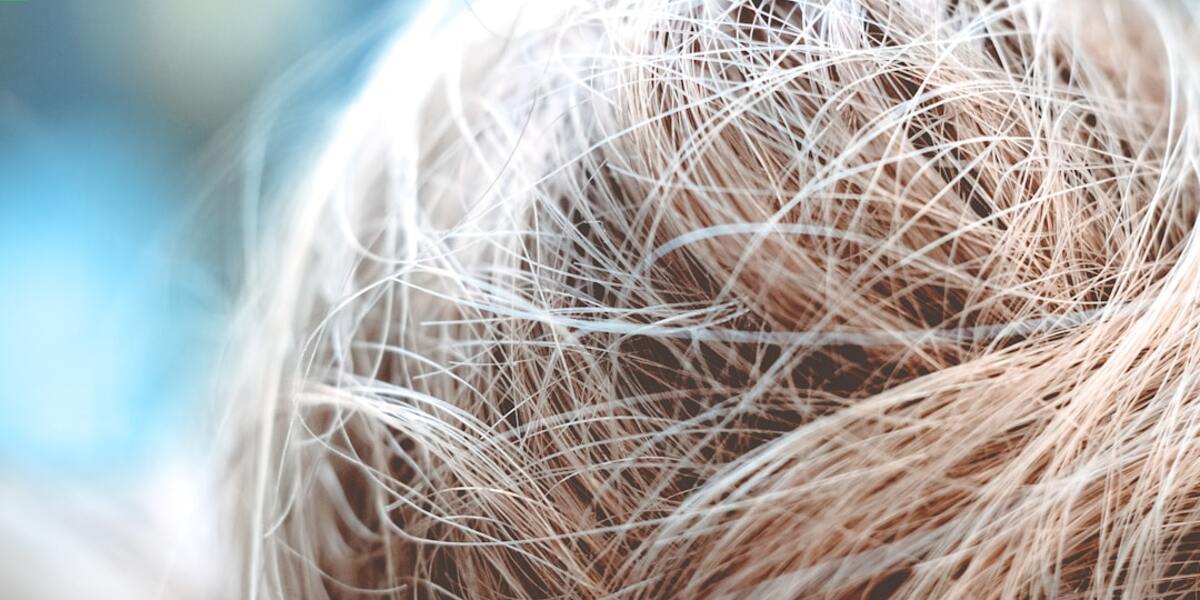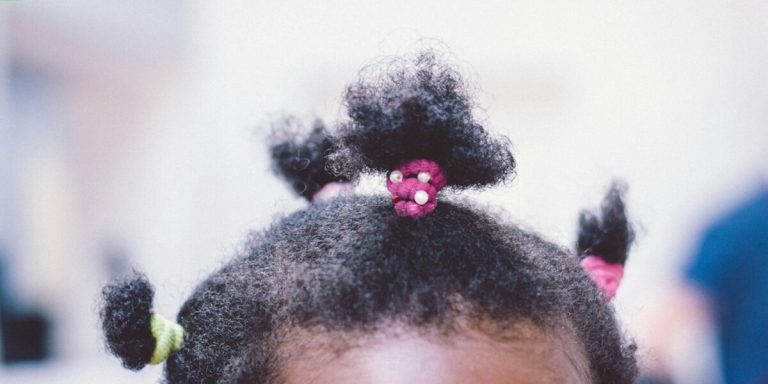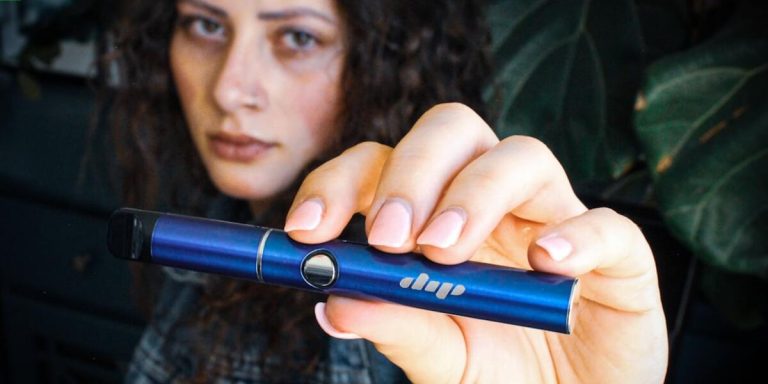How to Take Care of Greasy Hair for a Healthy, Lustrous Look
Dealing with excessive hair oil can be a daunting task, but learning how to take care of greasy hair is not as complicated as it seems. With proper knowledge and the right techniques, you can transform your oily strands into luscious locks that look healthy and vibrant.
The struggle with greasy hair often stems from misconceptions about its causes and solutions. It’s important to understand the biology behind it: Hair becomes oily due to an overactive production of sebum by glands in our scalp called sebaceous glands. The problem isn’t actually having too much oil; rather, issues arise when this natural process falls out of balance.
Did you know?
Did you know that excessive brushing can stimulate the oil glands in your scalp, causing hair to become greasier? So, it’s essential not to over-brush.
Understanding the Causes of Greasy Hair
Many struggle with greasy hair, which can disrupt one’s appearance and cause discomfort. The primary reason for greasy hair is the scalp’s overproduction of sebum, an oily substance that maintains moisture levels and protects the strands from drying out. Factors such as hormonal changes or dietary habits can disturb this balance, leading to excessive oil production and consequently greasy hair.
In addition, certain lifestyle choices also add up contributing towards making your tresses feel more slick than normal. A frequent touching habit – running hands through locks multiple times a day causes friction which stimulates oil glands triggering them to produce more oil. Similarly using heat styling tools too often dissipate necessary moisture leading your scalp into thinking it needs to compensate with producing more oils.
Understanding these causative agents provides you with better insight on ‘how-to’ strategies in managing greasy hair efficiently while maintaining excellent care routines rooted around proper cleaning regimens without stripping off natural oils excessively and product usage etiquette ensuring well-nourished healthy luscious locks throughout 2023!
Identifying Common Factors that Contribute to Oil Buildup
The journey to learning how to take care of greasy hair starts with identifying common factors that contribute to oil buildup. Greasy or oily hair can be a struggle, but by recognizing these triggers, you can adopt preventive strategies for better hair maintenance.
One major culprit is excessive washing. It sounds counterproductive but over-washing your hair strips it off its natural oils; forcing your scalp to produce more and leading to that unwanted shine in your locks. A mild shampoo used every other day should suffice in maintaining balanced hydration levels.
Hair products with heavy moisturizers also tip the scale towards being overly greasy. These are great if you have dry or damaged strands but they’re not ideal when dealing with already-healthy scalps since they add surplus moisture which presents as an oily sheen on the surface of each strand.
Styling tools like straighteners or curling irons often lead us down this slippery road too – especially when used at high heat settings regularly without proper protective serums or sprays involved beforehand! This artificially induced warmth forces our heads into self-preservation mode whereby additional sebum production occurs as a kind of cooling mechanism against probable burns hence causing excess grease build-up.
Diet plays no small part either! Consuming foods rich in fats and oils nudges up overall body oil production including those within our follicles thus amplifying their slick appearance under light reflection!
The Role of Genetics and Hormones in Scalp Oil Production
Undeniably, genetics and hormones play a pivotal role in defining our hair type – especially when it comes to scalp oil production. If you’re constantly battling greasy hair despite all efforts of upkeep, understanding their involvement might be the key on how to take care of greasy hair effectively.
Foremost on this journey is acknowledging that heredity can shape your sebaceous glands’ behavior – responsible for producing oils known as sebum. Essentially, if your family members struggle with oily strands, there’s a high likelihood you may also experience similar issues due to genetic predisposition.
Hormones also significantly impact oil secretion from these glands. Body changes like puberty or pregnancy generate hormonal fluctuations causing increased grease accumulation—creating a specific challenge when handling such scenarios delicately ensures optimum maintenance and care for greasy hair types.
Considerations during periods of stress should not be overlooked either; stress triggers hormone release which could escalate sebum production leading to more pronounced shininess or limpness in appearance over time.
But before despair sets in – remember: knowledge is power! Understanding these elements provides an edge while concocting tailor-made solutions suitable for those prone to excessive scalp oil build-up.
This awareness empowers us with necessary insights into curbing grease levels by possibly adjusting diet plans (as certain foods stimulate larger amounts of oils), maintaining hydration level well-balanced along with incorporating gentle yet effective cleansing routines specifically designed targeting excess shine without compromising overall health and moisture balance needed by tresses.
Daily Routines for Managing Greasy Hair
Keeping a routine for managing greasy hair can do wonders in maintaining its health and appearance. One of the critical aspects of this routine includes washing your hair correctly to control oil production. Use shampoos specifically designed for oily hair, which contain ingredients like tea tree oil or lemon that help reduce grease without stripping away essential natural oils from your scalp.
Another significant part of this daily routine is brushing your hair right; not overly so but just enough. Brushing helps distribute the oils evenly throughout the length of your strands, promoting better shine and preventing build-up at the scalp level while reducing excessive greasiness on top. A boar bristle brush is ideal for this purpose as it effectively moves sebum down from roots to tips efficiently.
Lastly, altering some elements within our lifestyle also plays an integral role in controlling excess oil production by our scalps leading to less greasy tresses overall. Cutting back on processed foods with high-fat content or sugar and drinking plenty water every day are simple changes we could incorporate into our daily lives that have profound effects on improving both skin’s and hairs’ condition everywhere.
Optimal Shampooing Techniques for Oily Scalps
Maintaining greasy hair successfully requires understanding the optimal shampooing techniques for oily scalps. Knowing how to take care of greasy hair involves more than just regular washing; it’s all about using the right products and methods that won’t exacerbate oil production.
Start by choosing a clarifying or balancing shampoo designed specifically for oily scalp. These types of shampoos, often containing ingredients like tea tree oil or salicylic acid, work in harmony with your scalp’s natural oils rather than fighting against them.
Be mindful while actually applying the shampoo to ensure optimum result. Wet your hair thoroughly before you lather up as this allows your chosen anti-oil product to distribute evenly across each strand and reach every part of your scalp effectively.
Remember not to over-shampoo either – whilst it may seem logical that cleansing frequently would rid you off excess grease, over-washing can lead skin on head create even more sebum due its stripped-off condition.
When rinsing out the suds from an effective wash session, make sure water is lukewarm at best – hot temperatures encourage greater sweat secretion thus adding unwanted moisture into already soaked tresses!
Next step in this guide on how to take care of greasy hair: thorough rinsings! Ensure EVERY bit gets washed away else leftover residues might weigh down strands contributing further towards limp look we want avoid!
Finally, use lightweight conditioning agents only if necessary focusing mostly onto tips where less susceptible becoming weighed down left overly slicked.
Incorporating Dry Shampoos and Conditioners Effectively
In your daily routine to manage greasy hair, incorporating effective use of dry shampoos and conditioners is an essential step. Dry shampoos are a popular solution in 2023 for those struggling with excess scalp oil production due to their ease of application and instant results. They work by absorbing the grease from your scalp, making it look fresh and clean.
Starting off, before applying any product on your greasy locks, make sure they’re detangled properly. Having knots can lead to uneven distribution of the product which doesn’t cover all areas effectively.
1. Shake: Begin by shaking the bottle vigorously first.
2. Sectioning: The key here is not just spraying haphazardly but rather sectioning out parts where it’s most needed.
3.Avoid roots: Avoid directly spraying onto the roots as this could cause buildup over time leading to more harm than good.
Here’s what need do ensure conditioner works favorably oily-haired individuals :
Long-Term Solutions for Controlling Excess Sebum
Greasy hair can be a persistent issue for many, often caused by an overproduction of sebum. Sebum is the natural oil our scalp produces to protect and hydrate our hair; however, too much of it could lead to greasiness giving your locks an unwashed or unkept appearance. As we step into 2023 with innovative solutions for managing oily scalps at hand, controlling excess sebum effectively has become easier yet crucial.
The first long-term solution one should consider includes embracing a suitable shampoo routine that caters specifically to oily strands. A misconception typically believed in these cases is – more washing reduces grease which unfortunately isn’t true always as excessive cleansing may stimulate more oil production instead! Opting for sulfate-free shampoos with ingredients known to control sebum like tea tree oils or citrus extracts might prove beneficial without drying out your scalp excessively.
Simultaneously focusing on maintaining a well-balanced diet also plays an integral role in controlling needless squalor. Incorporating foods rich in B vitamins and avoiding overly processed meals will curb down the dreaded gloss along with furnishing you improved overall health benefits.
Apart from this, making simple changes such as refraining from touching your hair frequently or using heat-styling tools way less than usual can work wonders towards reducing unnecessary sheen associated with surplus sebaceous secretions.
Dietary Adjustments to Balance Scalp Health
Keeping your hair healthy and controlled is often tied to what you put inside your body – especially when trying to figure out how to take care of greasy hair. So, understanding the role diet plays in controlling excess sebum can be quite beneficial.
Incorporate More Vitamin B: Foods that are rich in vitamin B like fish, poultry, meat, whole grains reduce oil production on the scalp making it a go-to essential for those aiming to control oily hair problems.
Consider Zinc-Rich Food Options: The mineral zinc works wonders by reducing oil production on your skin including the scalp which ultimately balances its health. Some examples of zinc-rich foods include nuts & seeds, dairy products and eggs among others.
Stay Hydrated: Increase water intake may seem unrelated but it’s crucial as staying hydrated keeps all bodily functions running smoothly – even managing sebum levels!
Advanced Treatments and Remedies for Sebum Control
Greasy hair can often feel like a constant battle, especially for those who naturally produce more sebum. However, with the right remedies and treatments in place, it’s entirely possible to keep your scalp balanced and healthy. Here are some advanced solutions on how to take care of greasy hair effectively.
Starting off with shampoos intended specifically for oily scalps is one ideal way forward. These products include ingredients such as green tea extracts or tea-tree oil that help combat excessive sebum production. Always remember not to over-wash your locks — twice or thrice a week should suffice.
Implementing effective hair rinses after shampooing can also make quite an impact on controlling excess grease these could involve organic substances such as apple cider vinegar which closes up cuticle scales promoting shiny but non-greasy locks.
A good cephalic massage might seem simple but it’s another powerful tool against too much oiliness this practice aids blood circulation and helps distribute natural oils evenly across the scalp preventing any build-up at certain points only.
Have you considered switching out synthetic products for all-natural ones? Organic serums oils conditioners etc contain essential nutrients minus harsh chemicals making them excellent tools when considering about how to take care of greasy hair long term because they’re gentle enough for regular use without stripping away beneficial oils completely just what our crowning glory needs!
Conclusion
As we wrap up our discussion on how to take care of greasy hair, it is important for you not just to skim through the information but apply them practically. Remember, actions yield results: a clean scalp is your way forward and regular washing schedules are key. Equally crucial are selecting suitable products according to your specific needs and eating right because although cliché – beauty does emanate from within!
We hope these tips motivate you in effectively overcoming greasy hair woes! Like any good regimen or routine though, consistency will be paramount. For more expert advice like this along with other innovative strategies geared towards maintaining healthy tresses as well as providing solutions to all things ‘Hair Care’, explore around our website – let’s journey together toward achieving that lustrous look we so desire!







